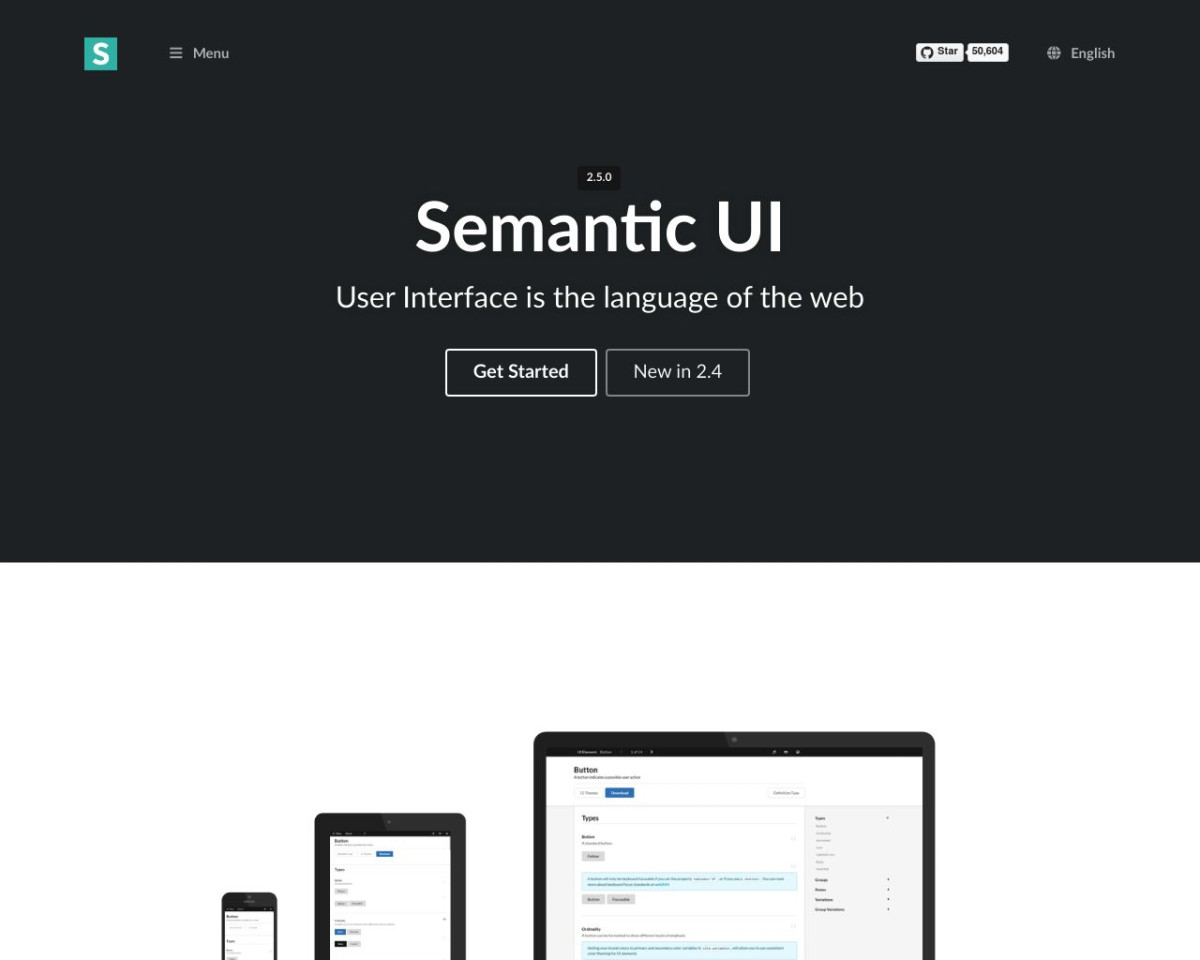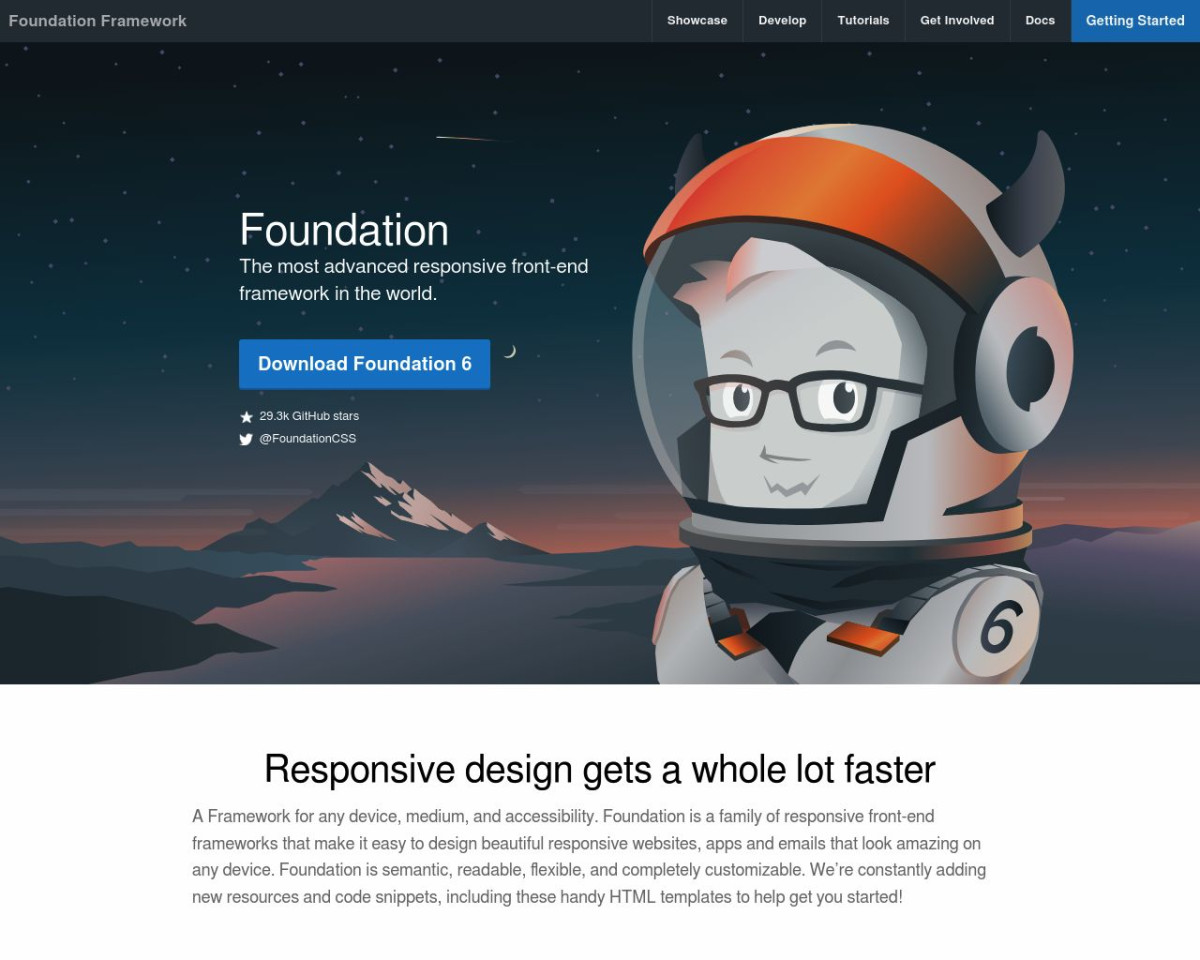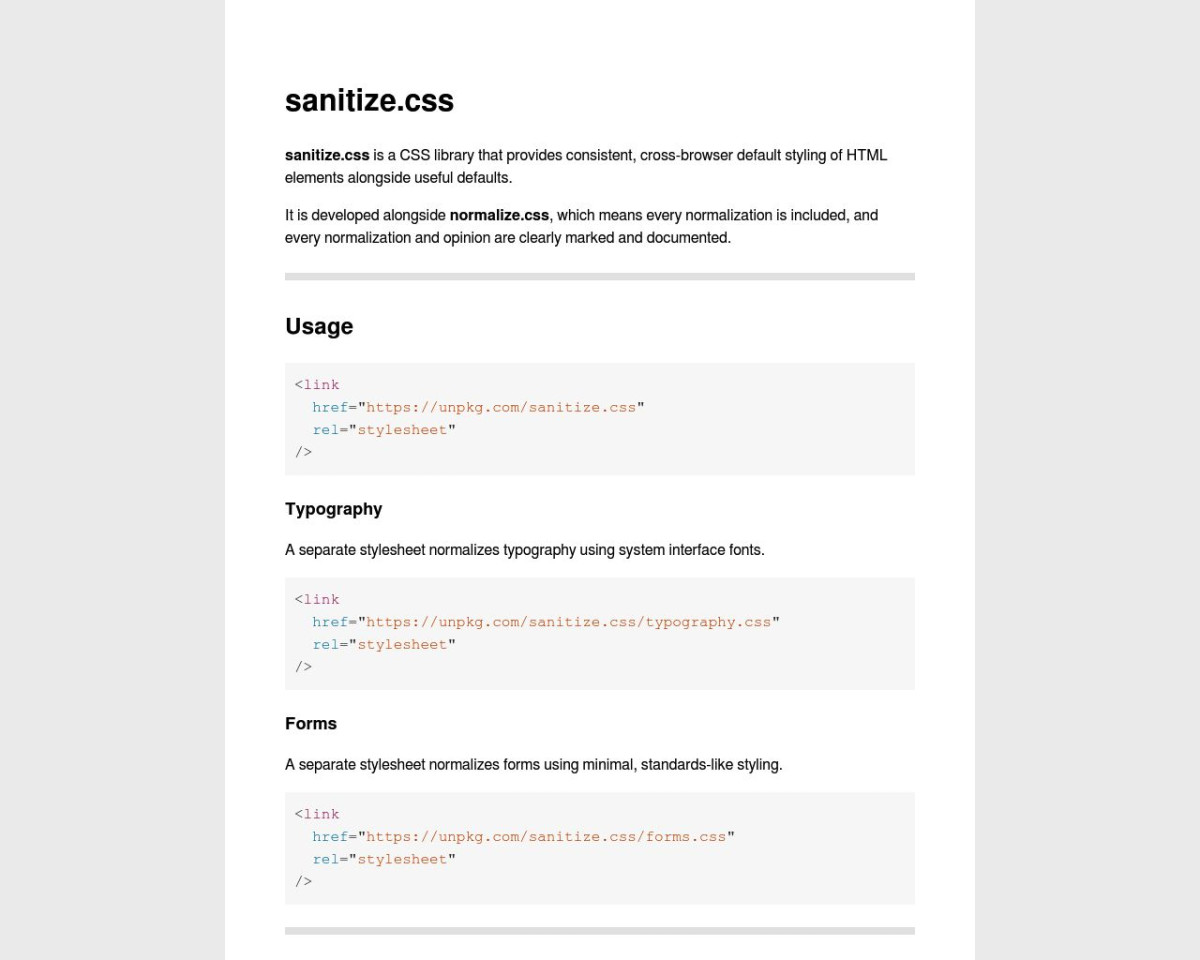What is Bootstrap?
Bootstrap is an open-source CSS framework created by Twitter. It offers a comprehensive suite of HTML, CSS, and JavaScript tools for building responsive, mobile-first websites. Bootstrap is known for its extensive library of pre-designed components and utility classes, which ensure consistent design and functionality across different devices and browsers.
How Bootstrap Works
Bootstrap simplifies web development by providing reusable components and utility classes. Developers can include Bootstrap's CSS and JavaScript files in their projects to implement responsive layouts, buttons, forms, navigation bars, and more. The framework's flexible grid system ensures that web pages adapt seamlessly to various screen sizes, enhancing the user experience.
What Problem Bootstrap Solves
Bootstrap addresses the challenges of developing responsive, consistent, and visually appealing web applications. Traditional methods often require extensive custom CSS and JavaScript, which can be time-consuming and inconsistent. Bootstrap streamlines this process with pre-designed components and a responsive grid system, reducing development time and ensuring a cohesive design across all devices.
Bootstrap Features
Responsive Grid System
Create fluid layouts that adapt to any screen size.
Pre-Designed Components
Access a variety of UI elements like buttons, forms, and navigation bars.
Customizable Themes
Easily tailor the look of your site with Sass variables and built-in themes.
Extensive Documentation
Benefit from comprehensive guides and examples to streamline development.
Community Support
Join a large, active community with abundant plugins, themes, and support.
Pricing
Bootstrap is completely free and open-source, making it accessible to all developers.
Pros and Cons
Pros:
Extensive library of pre-designed components.
Ensures consistent and responsive design.
Easy customization with Sass variables.
Comprehensive documentation and community support.
Free and open-source.
Cons:
Can lead to larger file sizes if not optimized.
May require customization to avoid a "cookie-cutter" look.
Advanced customization can have a learning curve.
Common Questions
How do I get started with Bootstrap?
Visit the Bootstrap website, download the CSS and JavaScript files, and include them in your project. Follow the documentation for detailed setup instructions.
Is Bootstrap free to use?
Yes, Bootstrap is completely free and open-source.
Can I customize Bootstrap's styles?
Yes, you can customize Bootstrap by using Sass variables and your own CSS.
What kind of support does Bootstrap offer?
Bootstrap provides extensive documentation, examples, and a large community of developers for support.
Conclusion
Bootstrap is an excellent choice for developers looking to create responsive, modern websites quickly and efficiently. Its extensive library of components, responsive grid system, and ease of customization make it a powerful tool for both beginners and experienced developers. Whether you're building a simple landing page or a complex web application, Bootstrap provides the resources and flexibility you need.






